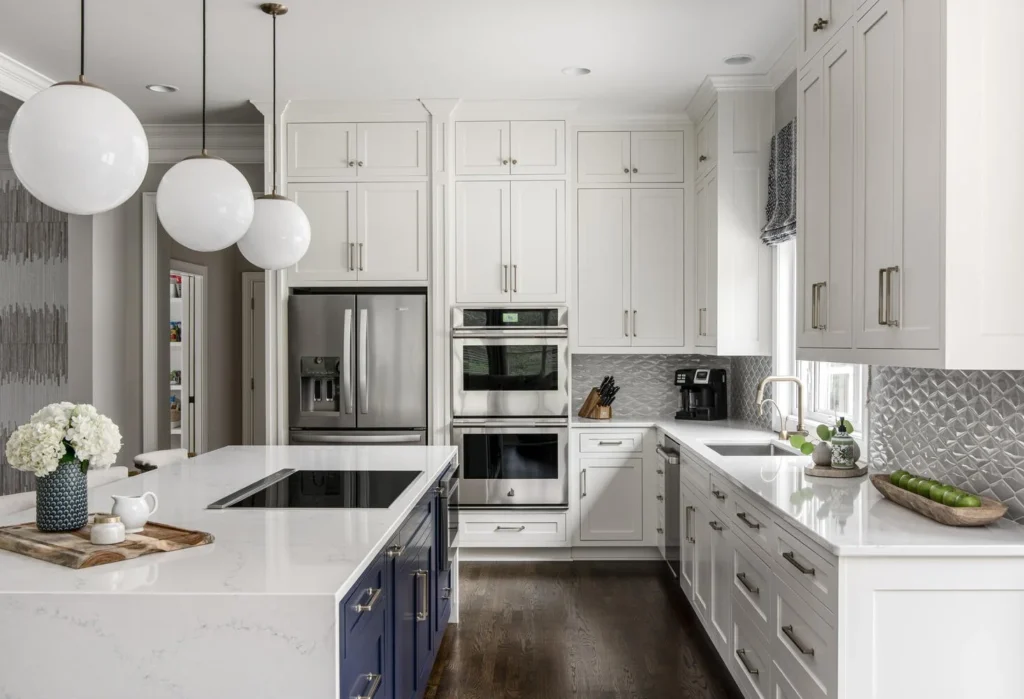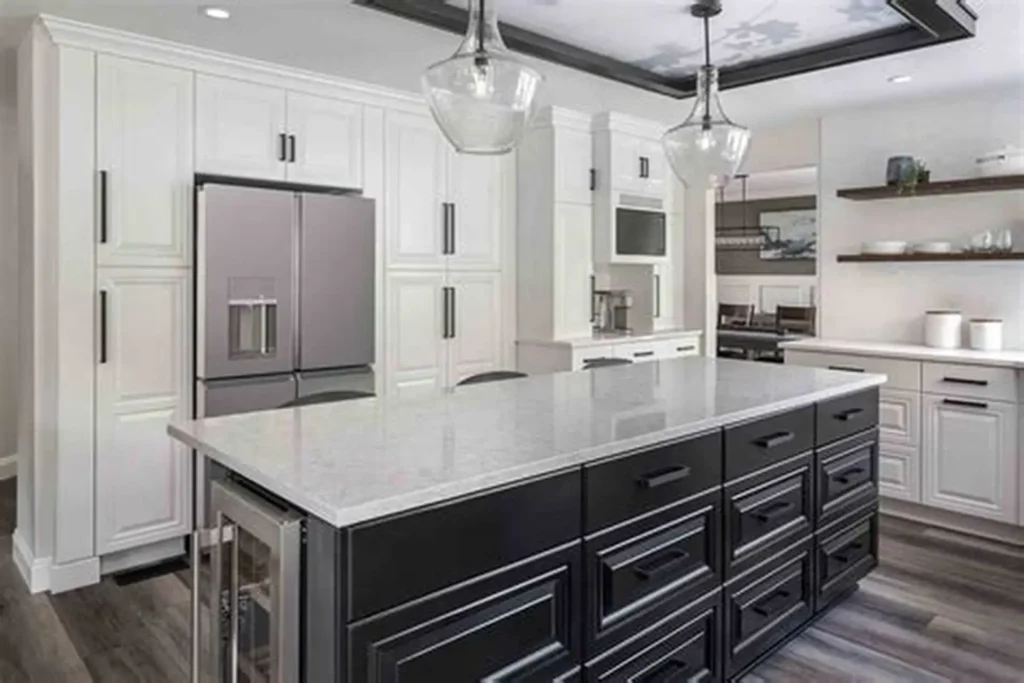Granite is one of the most well-known and widely used igneous rocks on Earth. Prized for its aesthetic appeal, structural integrity, and resistance to weathering, granite is a cornerstone in both architecture and interior design. It is especially popular in applications like granite countertops, backsplashes, and flooring.
From granite geology and composition to its polished application in the Aardwolf granite countertop collection, this article explores the fascinating story of how granite is formed—and why it’s so highly valued in modern living.

How Granite Is Formed in the Earth’s Crust
Intrusive Igneous Rock
Granite is an intrusive igneous rock, meaning it forms deep within the Earth’s crust from the slow cooling and solidification of magma. Unlike volcanic rocks that cool rapidly at the surface, granite forms slowly underground, allowing large, visible crystals of minerals to grow.
The Role of Magma and Plate Tectonics
Granite formation begins with the melting of continental crust materials due to high temperatures and pressures during tectonic plate collisions. These events cause magma to rise and become trapped in chambers where it cools over millions of years, gradually crystallizing into granite.
Minerals That Make Granite Unique
Granite typically contains:
- Quartz – provides hardness and durability
- Feldspar – contributes to granite’s color and sheen
- Mica (biotite or muscovite) – adds sparkle and color contrast
- Amphibole and other trace minerals – enhance color and texture variation
This unique blend of minerals gives granite its wide range of appearances—from light white granite countertops to black granite countertops with deep veining.

Where Granite Is Found
Granite formations are typically exposed over time through erosion and uplift of Earth’s crust. Many mountain ranges and quarries around the world, including India, Brazil, and parts of the U.S., are rich in granite deposits.
Large granite blocks are quarried and later cut and polished into premium granite slabs for commercial and residential use.
Characteristics of Granite Derived From Its Formation
1. Hardness and Strength
Due to the presence of quartz and its slow crystallization process, granite ranks 6-7 on the Mohs hardness scale, making it exceptionally durable and ideal for heavy-use surfaces.
🔗 What is the hardness of granite?
2. Porosity and Staining Potential
While granite is often advertised as non-porous, it is in fact minimally porous and requires sealing to prevent moisture and stain penetration.
🔗 Is granite non-porous?
🔗 Does granite stain?
3. Color and Pattern Variability
No two granite slabs are identical. This diversity makes granite ideal for custom countertops, backsplashes, and cabinet pairing in modern kitchens.
Natural vs. Engineered Granite
| Feature | Natural Granite | Engineered Granite |
|---|---|---|
| Composition | 100% natural stone | Crushed stone + resin |
| Porosity | Slightly porous | Low porosity |
| Appearance | Unique, varied | More uniform |
| Maintenance | Requires sealing | Minimal sealing |
While natural granite delivers unmatched beauty and authenticity, engineered granite offers uniformity and ease of maintenance—appealing to minimalist design tastes.
Granite in Home Design
Countertops and Backsplashes
Granite countertops are prized for their heat resistance, scratch resistance, and timeless look. Many homeowners invest in:
- White granite countertops for a bright, airy feel
- Black granite countertops for bold, modern elegance
- Custom granite backsplash designs to match cabinetry and wall tones
🔗 What Color Backsplash Goes with Black and Brown Granite Countertops? #5
🔗 What Color Backsplash Goes with Black and Brown Granite Countertops? #6
Fabrication and Installation
Granite must be handled with care due to its weight and hardness. Material handling trolleys are essential tools during transportation and installation.
For seamless and safe results, rely on Aardwolf granite installation services—designed to support both residential and commercial projects.
Granite Maintenance Tips
Even though granite is one of the hardest natural stones, proper care enhances its beauty and longevity.
- Clean granite countertops regularly with pH-neutral cleaners
- Seal annually to reduce staining and moisture absorption
- Polish granite surfaces to maintain a glossy, smooth finish
- Address chips or cracks with professional repair kits
Granite is easier to maintain than marble, more heat-resistant than quartz, and more scratch-resistant than soapstone.
Where to Buy and Cost Considerations
Granite Countertop Cost
Granite prices range depending on:
- Slab rarity and thickness
- Edge profile complexity
- Number of cutouts (sink, stove, etc.)
- Installation labor
For affordable granite countertop options, check wholesale granite suppliers or the Aardwolf granite pricing guide to find the best Aardwolf granite colors for your budget.
Why Choose Aardwolf Granite
The Aardwolf granite countertop collection is trusted worldwide for:
- Rigorous quality standards
- Diverse styles—from minimalist to exotic
- Dependable customer service
- Industry-grade fabrication and lifting equipment
✅ Conclusion: From Deep Earth to Stunning Surfaces
Granite’s story begins deep underground, forged from heat, pressure, and time. It’s a rock that not only tells a geological story but also elevates spaces with elegance and durability. Whether you’re renovating a kitchen or choosing a timeless statement piece, granite offers both function and luxury.
By understanding how granite is formed, you gain a deeper appreciation for its structure, performance, and visual charm—qualities that make granite one of the most desirable natural stones available today.

